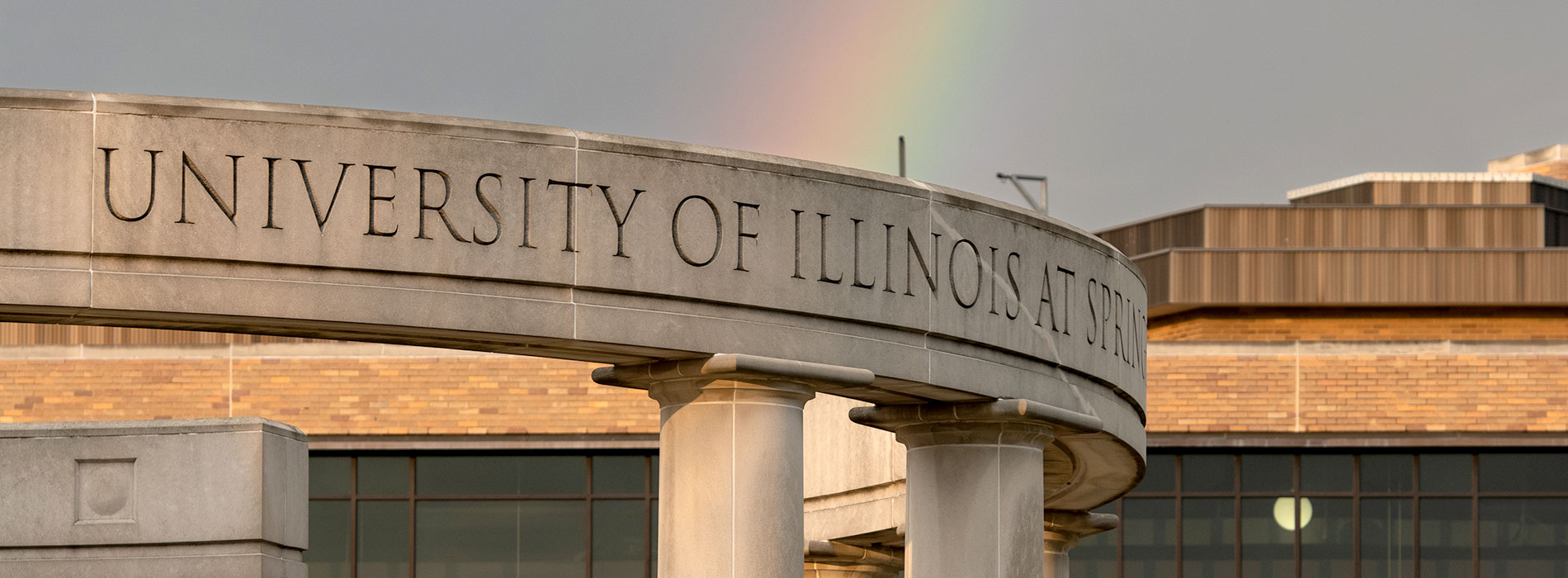The instructor provides a well formulated question that requires personal responses from students. These responses elicit further questions and so on. It is sometimes referred to as teaching through questioning.
Appropriate Content Areas
Typical in ethics studies within any curriculum, politics, psychology, social studies, higher order mathematical concepts, and law.
Goals and Objectives
The goal of a Socratic dialogue is generally to achieve a consensus or plurality understanding on moral, ethical, or social issues. Students increase their critical and ethical thinking abilities and come to a greater understanding of a given issue.
After completing a Socratic dialogue, students will:
- come to a concensus decision on a given issue
- learn to critically question a given concept
- develop question and answer abilities
as determined by successfully attending to 80% of the requirements.
Materials and Resources
What needs to be prepared in advance by the teacher? The teacher needs to prepare the leading question. Additional questions should also be pre-formulated to help advance the discussion quickly in synchronous dialogues.
What does the student need to bring to the lesson? Students need to be prepared to participate actively.
Guiding Questions for this Lesson
Can students acquire higher level understanding of a given issue through guided questioning leading to particular philosophical thought?
Lesson Outline and Procedure
- Begin with a question that is concrete and based on concrete experience that the students can all relate to. Students need the prerequisite knowledge for the discussion to begin or the discussion can initially devolve into an explanation of required pre-knowledge.
- Through response, students verify their understanding of the question.
- Students provide possible answers or resolutions to the question. Often the answers should draw on personal experience.
- Subsidiary questions are explored based upon responses.
- Each subsidiary question is explored until their is a general consensus on its meaning and resolution.
- A final resolution based upon subsidiary responses is reached concerning the initial guiding question.
Learning Assessments
The primary assessment involves the quality of the discussion occurring during the activity. Following the activity, students can be required to compose summaries that highlight their understanding of the initial question, key aspects and issues explored concerning that question, and their understanding of the final consensus and all sub resolutions.
Teaching Strategies and Highlights
- There is a danger of the instructor dominating the discussion if each leading questions needs to be provided by the instructor; however, in smaller courses this may be appropriate.
- When a synchronous method is initiall employed, it is alright to continue the discussion in an asynchronous forum, rather than spend too much time in a synchronous setting.
- The Socratic method is a highly active learning strategy. Assessment should include participation.
Accommodations
- Students need to have the physical ability to actively participate in the discussion or be provided accommodations to meet those requirements.
- For a text-based discussion, few accommodations may be required.
- In certain synchronous events, the technology should enable participation and the students with disabilities may need additional time to compose responses.
Timeline
How much time would a typical online student require to complete such a lesson? Generally, 20 to 30 minutes within a synchronous session may be needed to accommodate a Socratic method activity, but it could also require a whole hour depending on the subsidiary issues that arise. 3 days would be adequate for an asynchronous method providing the students are required to login and post on at least four separate occasions. The students need to be actively attending to the discussion for effective learning to occur, as the philosophical nature of the discussion undergoes continual shift and each subsidiary discussion needs at the least a plurality of student agreement before continuing to new topics.
Ideas for Lesson Evaluation and Teacher Reflection
How did the students like the lesson? End of semester evaluations should ask about the usefulness and learning accomplished through such activities. Difficulties experienced should be addressed for current and future courses and students. The instructor should reflect on the level of student participation and quality of their responses. Additional instruction into the method may be required if these items are low.
Additional Resources
- The Society for the Furtherance of the Critical Philosophy. Socratic dialogue, from http://www.sfcp.towerwebdesign.co.uk/socratic-dialogue-2/
- MacKnight, C. B. (2000). Teaching critical thinking through online discussions. Educause Quarterly, 23(4), 38-41. from http://www.educause.edu/ir/library/pdf/EQM0048.pdf
- Morse, J. M. (1998), Socratic questioning for the twenty-first century. Inquiry: Critical Thinking Across the Disciplines, 18(2), 9-23.
- Paul, R. W. (1993). Socratic questioning. In Critical thinking: How to prepare students for a rapidly changing world (pp. 335-365). Santa Rosa, CA: Foundation for Critical Thinking.
- Sutherland, T. E. & Bonwell, C. C. (1996). Using active learning in college classes: A range of options for faculty. New Directions for Teaching and Learning No. 67. San Francisco: Jossey-Bass.
